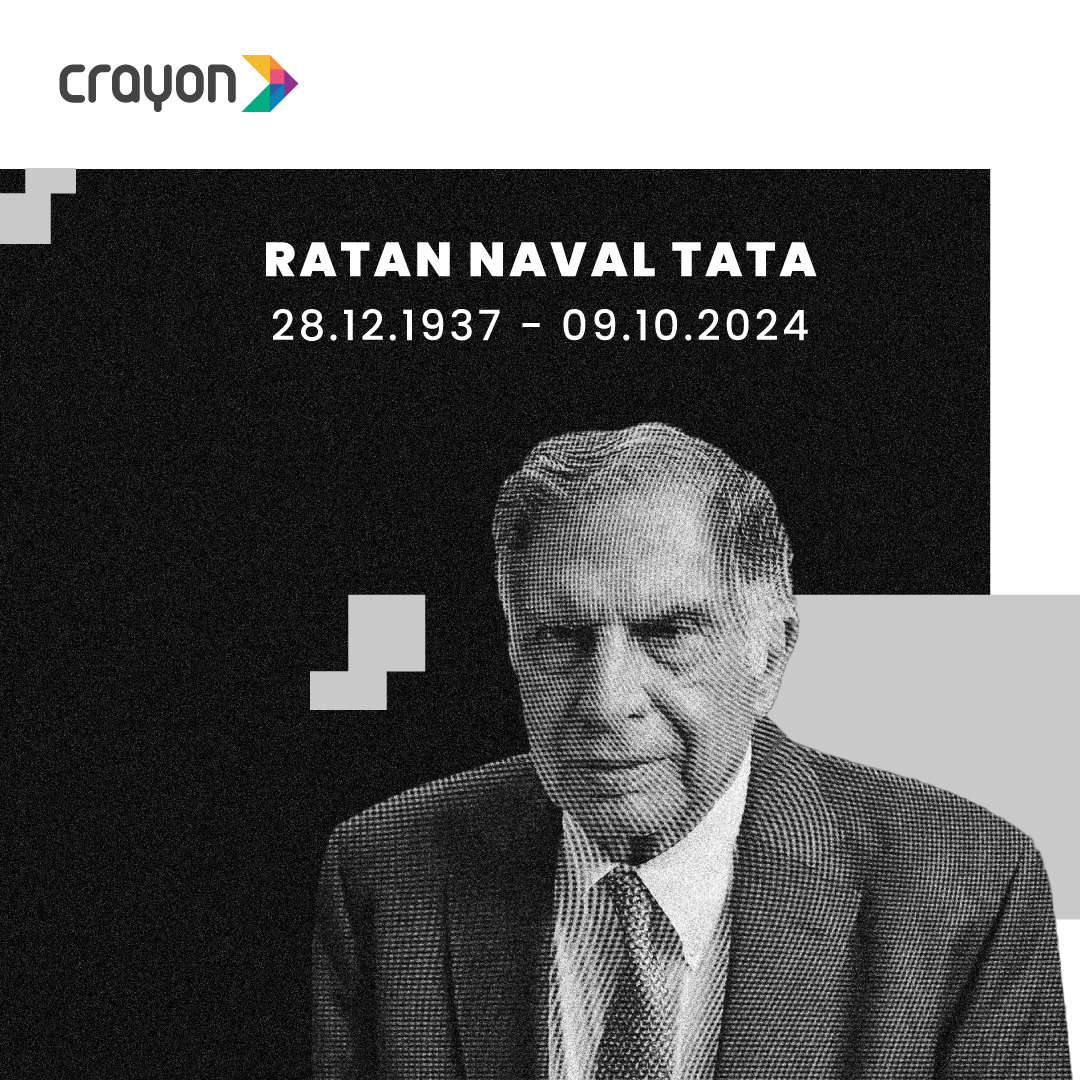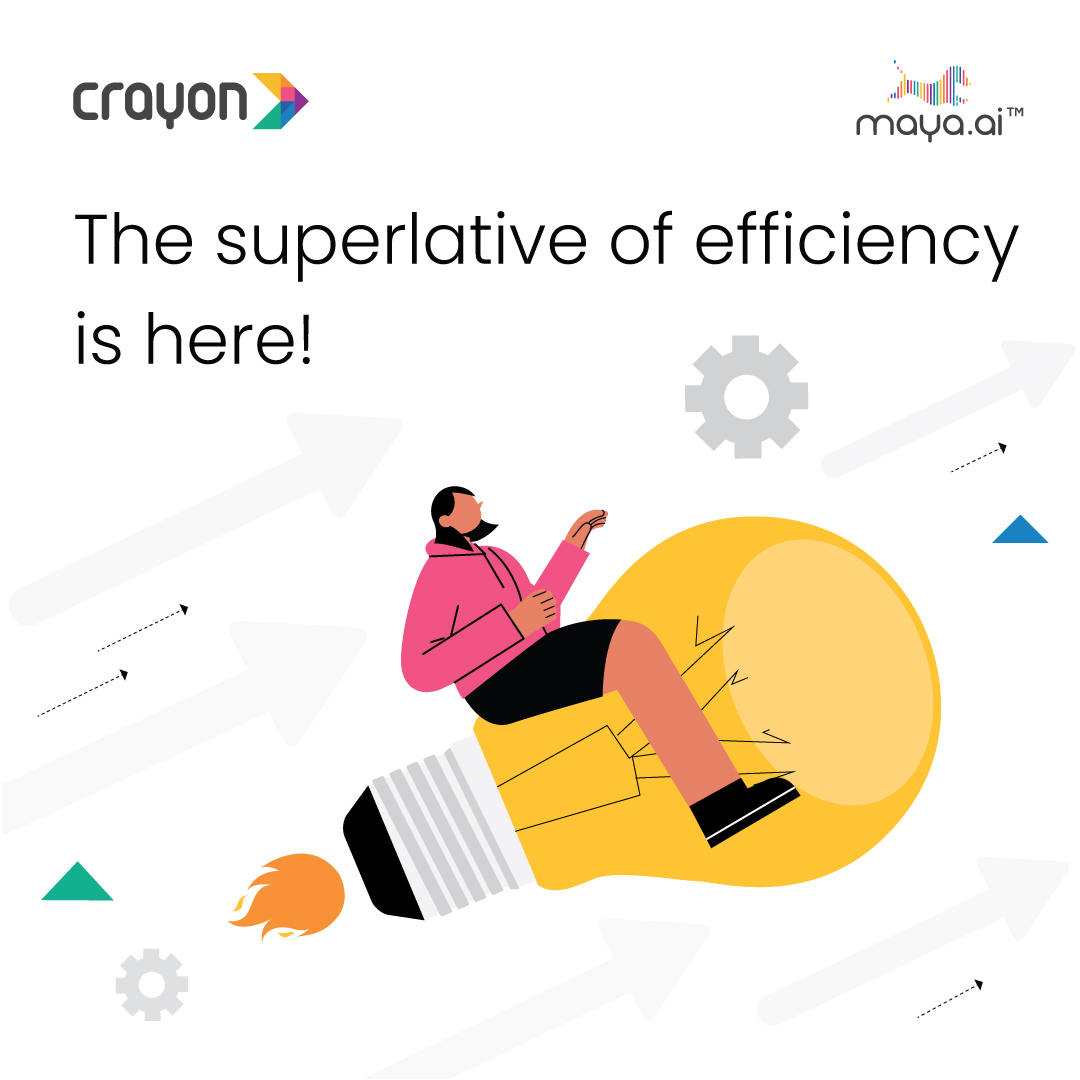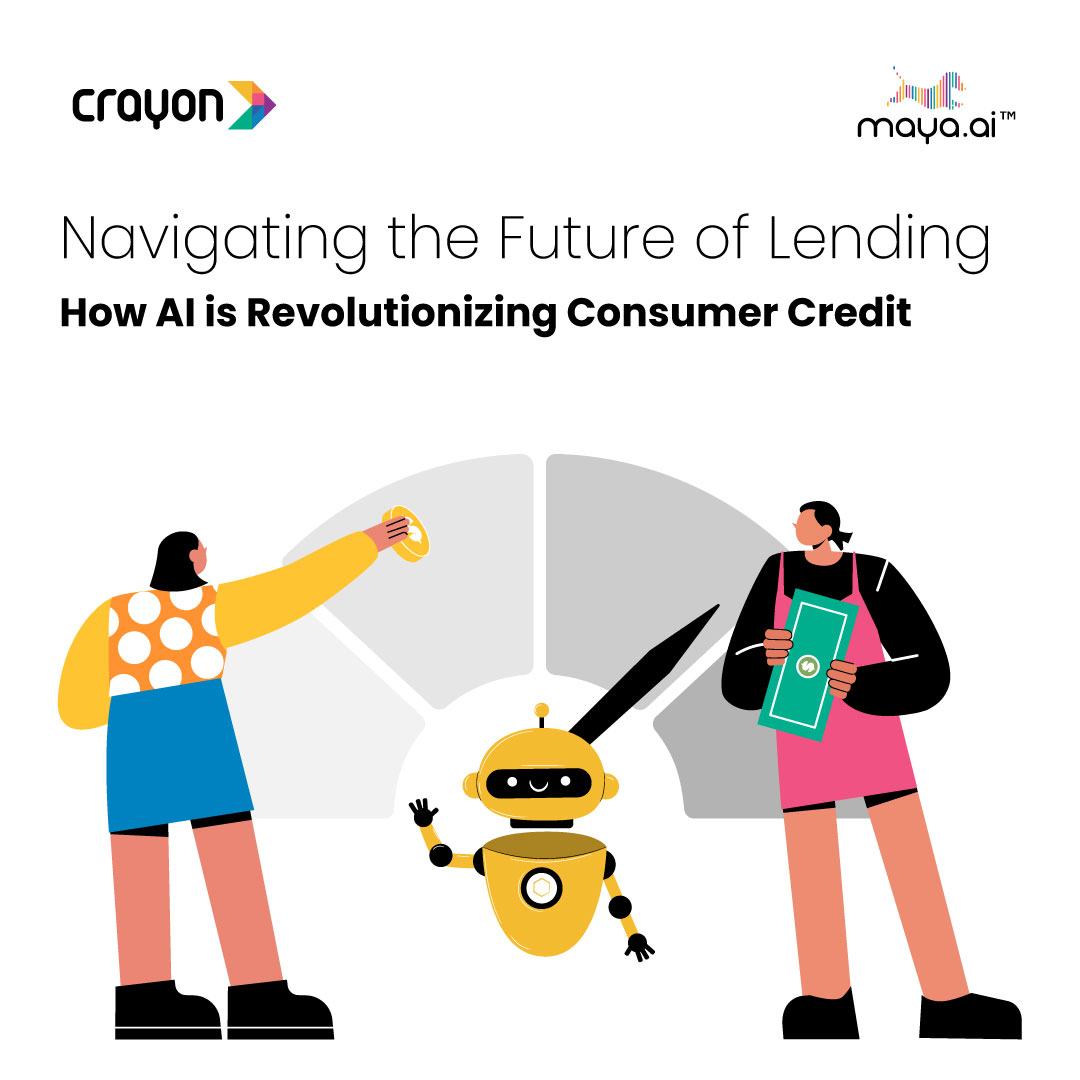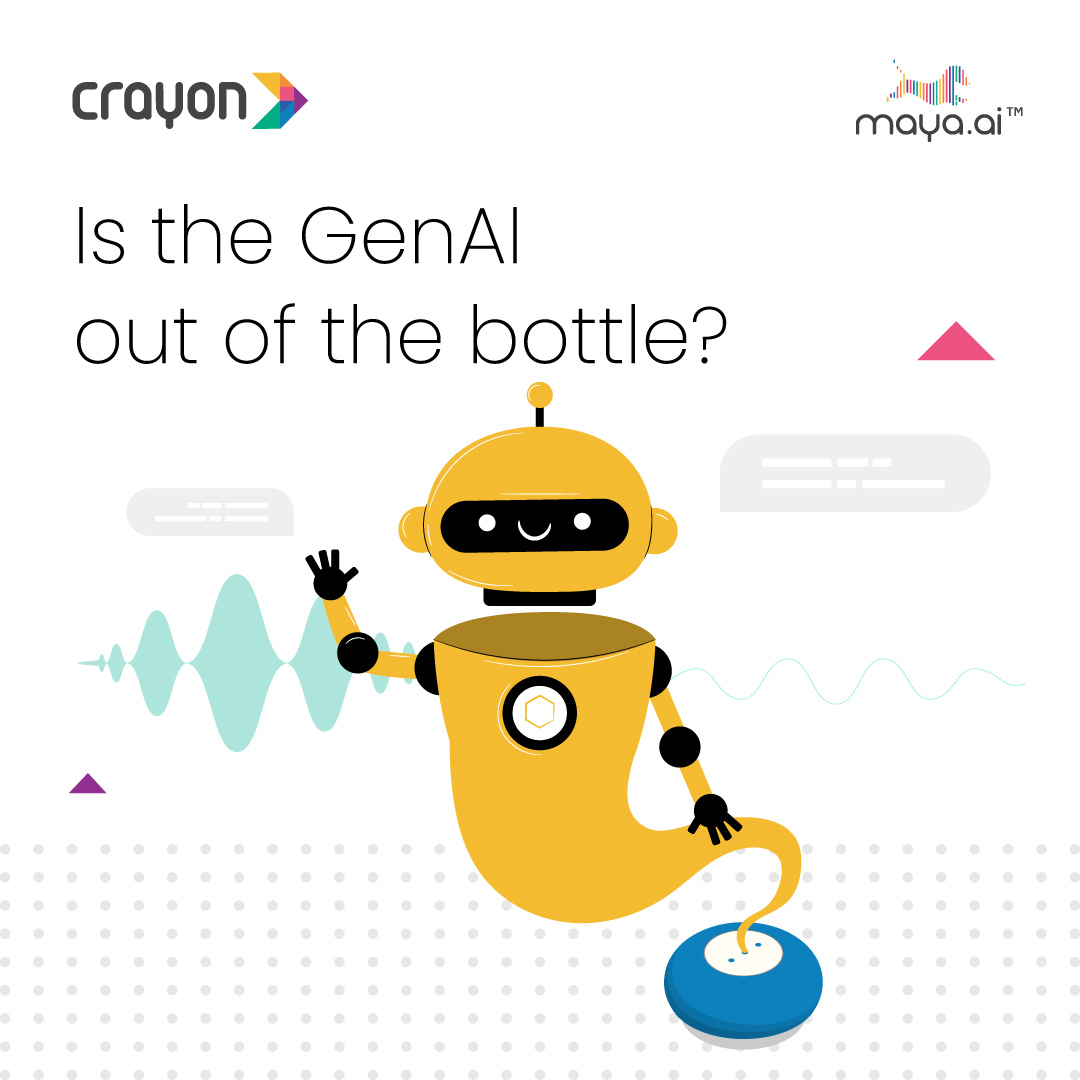Bitcoin came to us in 2009 as a creation of the anonymous person or persons known as Satoshi Nakamoto. It brought us the first cryptocurrency, a purely peer-to-peer electronic cash system. It inspired the invention of thousands of other cryptos (commonly referred to as altcoins), and the concept may well revolutionize the financial sector.
Bitcoin runs on blockchain technology. In fact, Bitcoin is nothing but a practical application of blockchain. As time went by, however, more and more people realized that such technology could find use outside the realm of cryptocurrency. And as it turns out, the uses just keep on coming.
Blockchain is a digital distributed ledger that provides a decentralized platform with mutually owned, immutable, and transparent data and cryptography-based identity protection.
Changes on the network are made through solving complex mathematical equations, after which they get added on equally shared and accessible blocks of data. These blocks are all connected, forming a chain of blocks.
Such technology greatly increases the safety, efficiency, visibility, and integrity of information.
Its decentralization and cryptography make it a hacker’s nightmare because there’s no central hub to attack, and precious information like social security numbers aren’t involved in the blockchain.
Decentralization also removes the bulk of red tape usually associated with many transfers. Finally, transparency and irremovable data ensure that fraud cannot happen in secrecy.
This technological innovation is already on its way to radically change industries left and right. From governments to shopping, it promises to reshape nearly every aspect of our daily life, given that it becomes successfully integrated. But how will it enact these changes, and what will the improvements be?
Well, to answer these questions, take a look at this amazing infographic on the topic. It addresses all this and more — how blockchain works, relevant people’s opinion on it, various industries primed for its implementation, and other matters.
Its fact and stat focused approach, as well as its unique, appealing art design, make it an excellent learning tool, or a reminder to keep around whenever you need a refresher on blockchain disruptions.

This infographic originally appeared here. Republished with permission. Submit your copyright complaints here.




